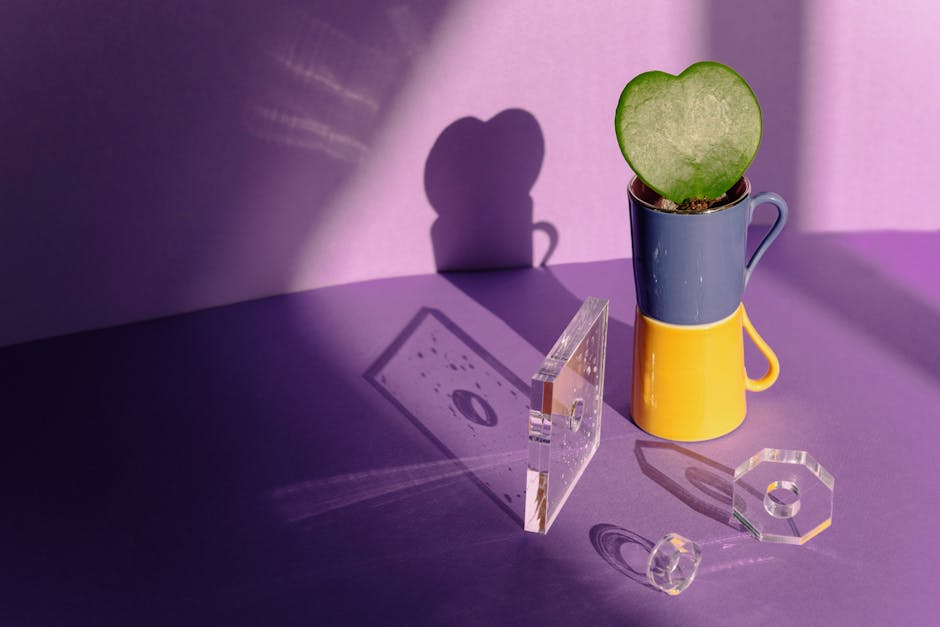Life design is more than a trendy buzzword—it’s a transformative approach to living that empowers you to take control of your destiny. At Self IQ, we believe that smarter growth leads to a stronger you, and life design sits at the heart of that philosophy. Instead of drifting through life on autopilot, you can intentionally craft your path, aligning your actions with your deepest values and aspirations. In this comprehensive guide, you’ll discover what life design truly means, why it matters, and how you can apply its principles to create a more meaningful, balanced, and fulfilling existence.
The Foundations of Life Design
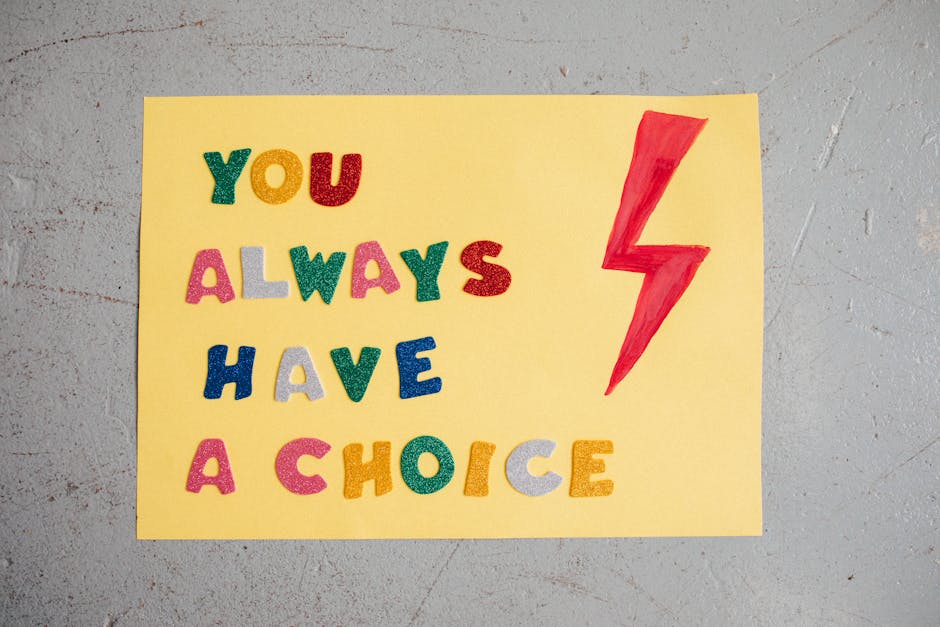
Photo by Viktoria Slowikowska on Pexels
At its core, life design is about shaping your life so it reflects your unique values, passions, and goals. It challenges the conventional notion that life simply happens to us, and instead proposes that we are the architects of our own experience. This philosophy draws inspiration from the world of design thinking—a problem-solving approach used by innovators to create exceptional products and experiences. When applied to your own life, design thinking encourages you to be curious, to experiment, and to iterate your way toward a more satisfying future.
Key to life design is the intentional act of self-reflection. What truly matters to you? What are your core values? By gaining clarity on these questions, you lay the groundwork for a life that feels authentic and rewarding. Life design is not about chasing someone else’s idea of success; it’s about defining success on your own terms and pursuing it with purpose.
Principles of Life Design: Building Blocks for Intentional Living

Photo by Nataliya Vaitkevich on Pexels
To effectively practice life design, it’s essential to understand its guiding principles. These serve as your compass as you navigate choices and challenges:
- Clarity of Values and Goals: Knowing what matters most to you—whether it’s family, creativity, adventure, or service—enables you to set goals that resonate with your authentic self.
- Bias to Action: Life design is not a passive exercise. It requires you to experiment, try new things, and learn from your experiences. Progress comes from action, not just contemplation.
- Reframing Problems: Often, the obstacles we face are “gravity problems”—circumstances that can’t be changed. Life design teaches you to reframe these challenges and focus on what you can control, opening the door to creative solutions.
- Iterative Process: Designing your life is an ongoing journey, not a one-time event. As you grow and evolve, your goals and values may shift. Regular reflection and adjustment are key.
By internalizing these principles, you empower yourself to make choices that move you closer to your ideal life—one step at a time.
Design Thinking for Your Life: A Step-by-Step Approach
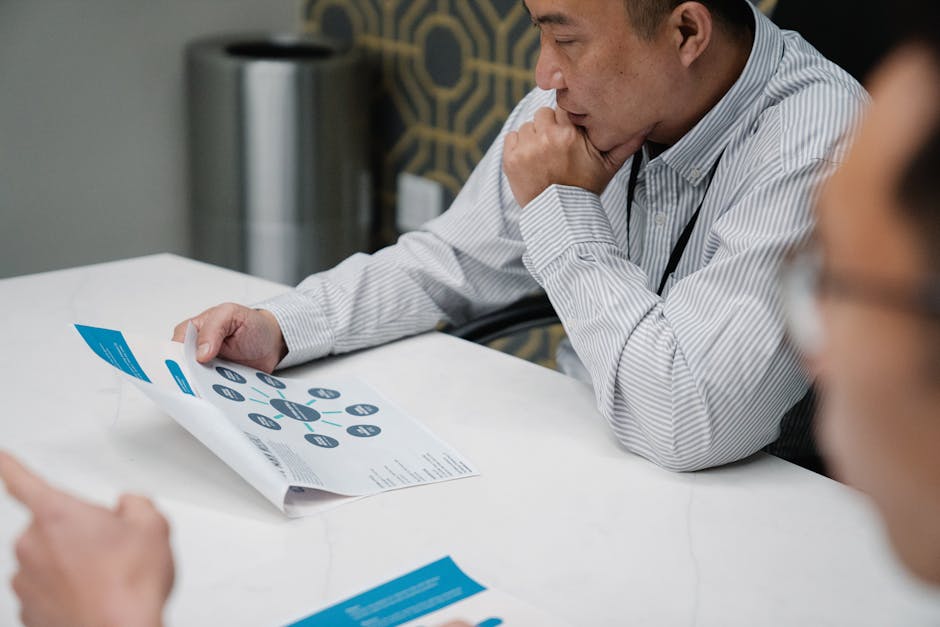
Photo by Felicity Tai on Pexels
Design thinking provides a practical framework for life design. It encourages you to approach your life as a series of prototypes—experiments that help you learn what works and what doesn’t. Here’s how you can apply design thinking to your own journey:
- Empathize with Yourself: Take time to understand your own needs, desires, and frustrations. What brings you joy? What drains your energy?
- Define the Challenge: Identify areas of your life that feel out of alignment. Be specific about what you’d like to change.
- Ideate Solutions: Brainstorm multiple ways to address your challenges. Don’t limit yourself—be creative and think outside the box.
- Prototype: Choose one idea to test. Take small, manageable steps to see how it feels in practice.
- Test and Reflect: Evaluate the results of your experiment. What did you learn? What would you do differently next time?
This cycle of experimentation and reflection is the engine of life design. Each iteration brings you closer to a life that feels more aligned and fulfilling.
Clarifying Your Values: The Compass for Life Design
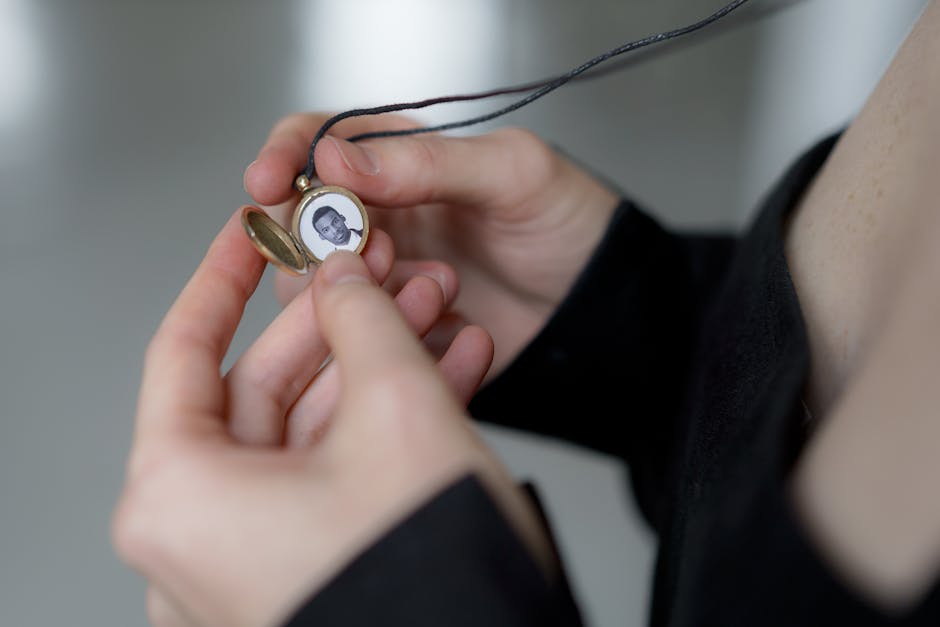
Photo by cottonbro studio on Pexels
Values are the foundation upon which meaningful lives are built. Without a clear sense of what’s important to you, it’s easy to fall into the trap of pursuing goals that don’t truly satisfy. Take time to reflect on your core values—those fundamental beliefs that guide your decisions and shape your identity.
One effective exercise is to list your top five values and consider how well your current life aligns with each. Are there areas where you’re living in harmony with your values? Where are the gaps? Use this insight to set intentional goals that bring your daily actions into closer alignment with your authentic self.
Remember, your values may evolve over time. Regularly revisiting them ensures that your life design remains relevant and meaningful as you grow.
Setting Goals That Matter: From Vision to Action

Photo by Pavel Danilyuk on Pexels
Once you’ve clarified your values, the next step is to translate them into actionable goals. Effective goal-setting is a cornerstone of life design, providing direction and motivation as you move forward. Start by identifying specific, measurable, achievable, relevant, and time-bound (SMART) goals that reflect your values and aspirations.
Break larger goals into smaller milestones to maintain momentum and celebrate progress along the way. Remember, the journey is as important as the destination. By focusing on goals that resonate with your core values, you create a sense of purpose that sustains you through challenges and setbacks.
Time Management and Productivity: Making Room for What Matters

Photo by Josh Sorenson on Pexels
Time is your most precious resource, and how you use it determines the quality of your life. Life design encourages you to be intentional about how you allocate your time, ensuring that your daily activities align with your values and priorities.
Adopt productivity techniques such as time blocking, the Pomodoro Technique, or prioritizing high-impact tasks. These strategies help you stay focused and make space for the activities that fuel your passion and growth. Remember, it’s not about doing more—it’s about doing what matters most.
Work-Life Integration: Blending Passion, Purpose, and Play

Photo by Ketut Subiyanto on Pexels
Gone are the days of rigid separation between work and personal life. Life design advocates for work-life integration, where your career and personal interests support and enrich each other. This approach allows you to pursue your passions, nurture relationships, and maintain well-being without feeling overwhelmed or fragmented.
Seek opportunities to blend your work with activities that bring you joy. Whether it’s working remotely in inspiring locations or incorporating hobbies into your daily routine, intentional integration leads to greater satisfaction and balance.
Overcoming Obstacles: Reframing and Resilience

Photo by RDNE Stock project on Pexels
No life design journey is without challenges. From external setbacks to internal doubts, obstacles are inevitable. The key is to develop resilience and the ability to reframe problems. Instead of viewing difficulties as roadblocks, see them as opportunities for growth and learning.
Practice self-compassion and maintain a growth mindset. Remember, setbacks are not failures—they’re feedback. Use them to refine your approach and deepen your understanding of yourself and your goals.
Creating Your Life Dashboard: Assess, Adjust, Advance

Photo by RDNE Stock project on Pexels
To stay on track with your life design, regularly assess key areas of your life. Consider creating a “life dashboard” that tracks your satisfaction in domains such as work, play, love, health, and finances. Rate each area on a scale from empty to full, and identify where you need to focus your attention.
This holistic view helps you make informed decisions and prioritize actions that lead to greater overall fulfillment. Remember, life design is an ongoing process—periodic check-ins ensure that you continue to grow and adapt as your circumstances change.
Embracing the Life Design Mindset: Your Path to Lasting Fulfillment
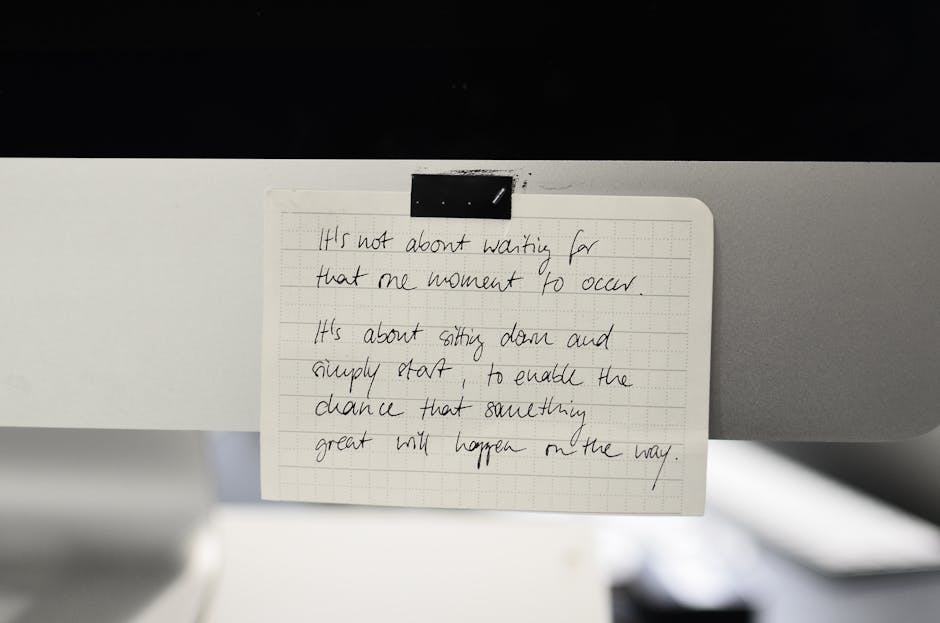
Photo by Skylar Kang on Pexels
Life design is not a destination—it’s a lifelong journey of intentional growth and self-discovery. By embracing its principles, you become the architect of your own future, shaping a life that reflects your true self and brings lasting satisfaction. At Self IQ, we invite you to embark on this journey, armed with curiosity, courage, and the conviction that smarter growth leads to a stronger you.
Start today. Reflect on your values, set meaningful goals, and take small steps toward the life you envision. With each action, you move closer to a future of your own design—one marked by purpose, joy, and fulfillment.
Sources
- https://imagine.jhu.edu/blog/2022/08/05/the-principle-of-life-design/
- https://ideas.ted.com/how-to-use-design-thinking-to-create-a-happier-life-for-yourself/
- https://focuskeeper.co/glossary/what-is-lifestyle-design-principles
- https://www.omaritani.com/blog/design-your-life
- https://problogger.com/podcast/the-ultimate-guide-to-creating-evergreen-content-for-your-blog/
